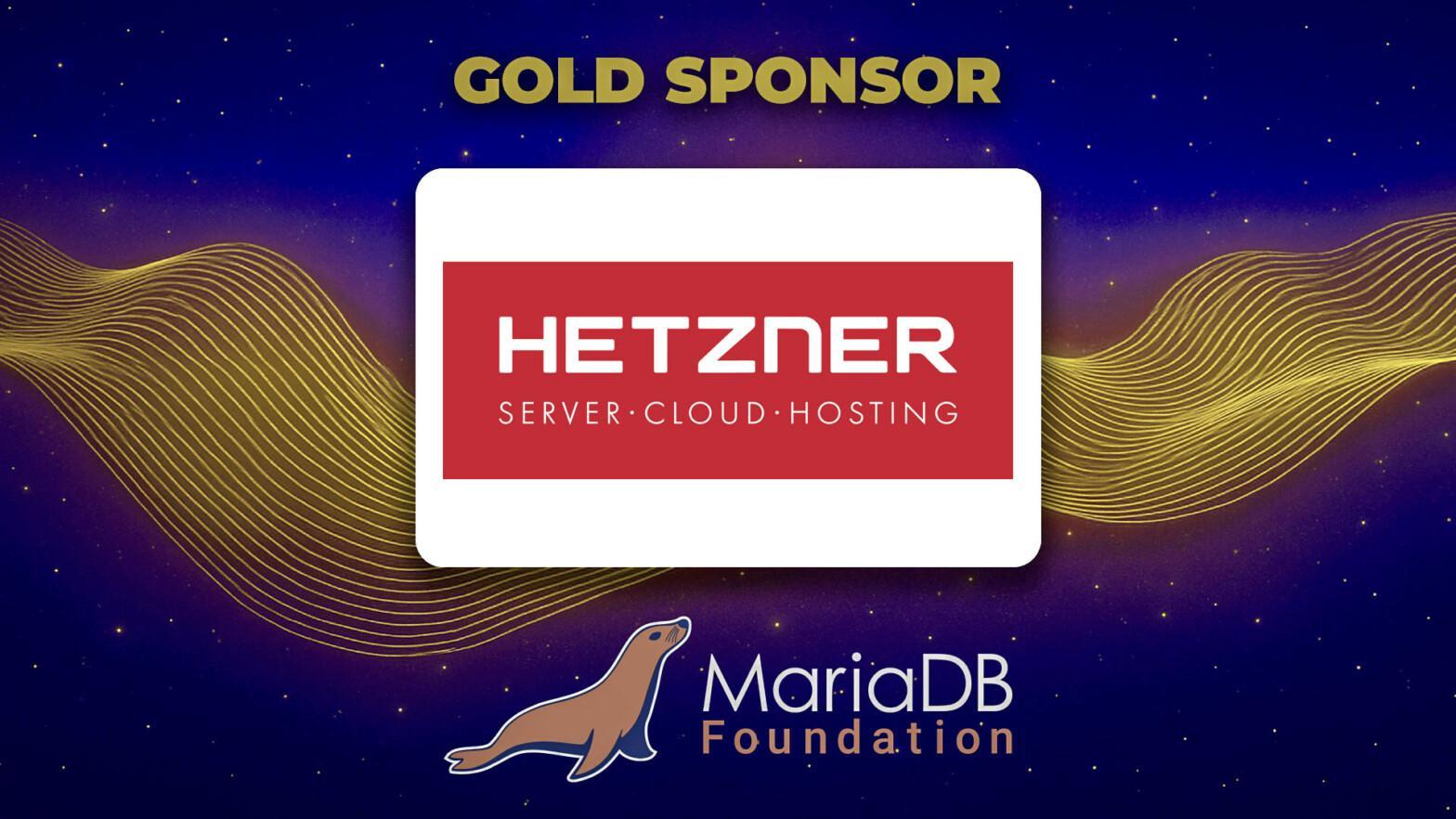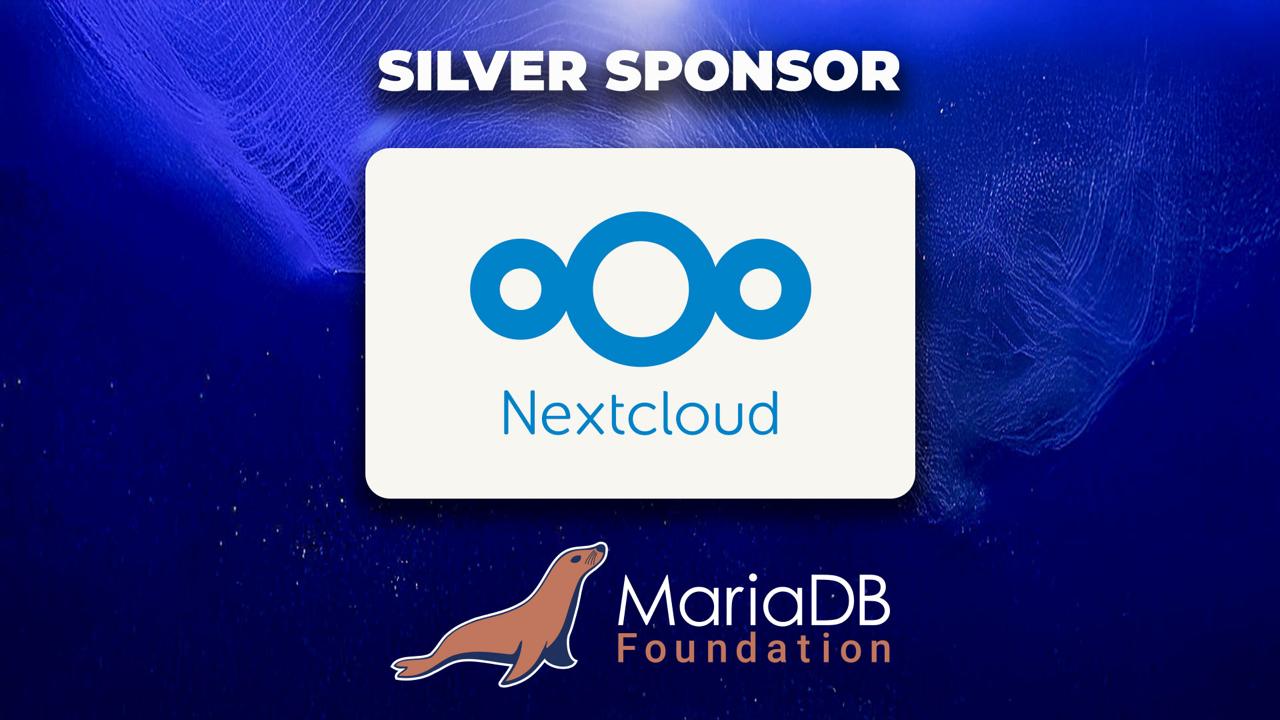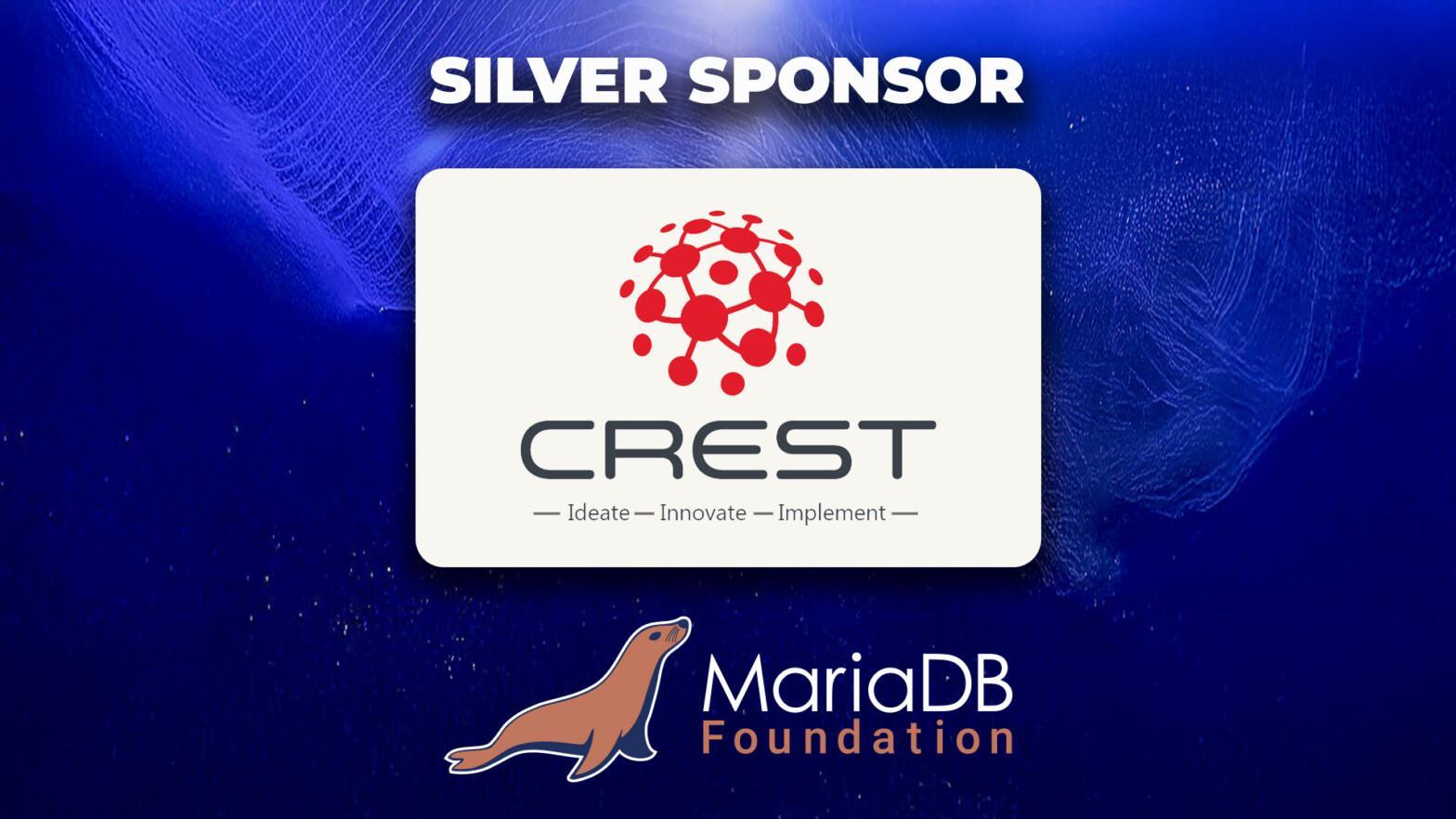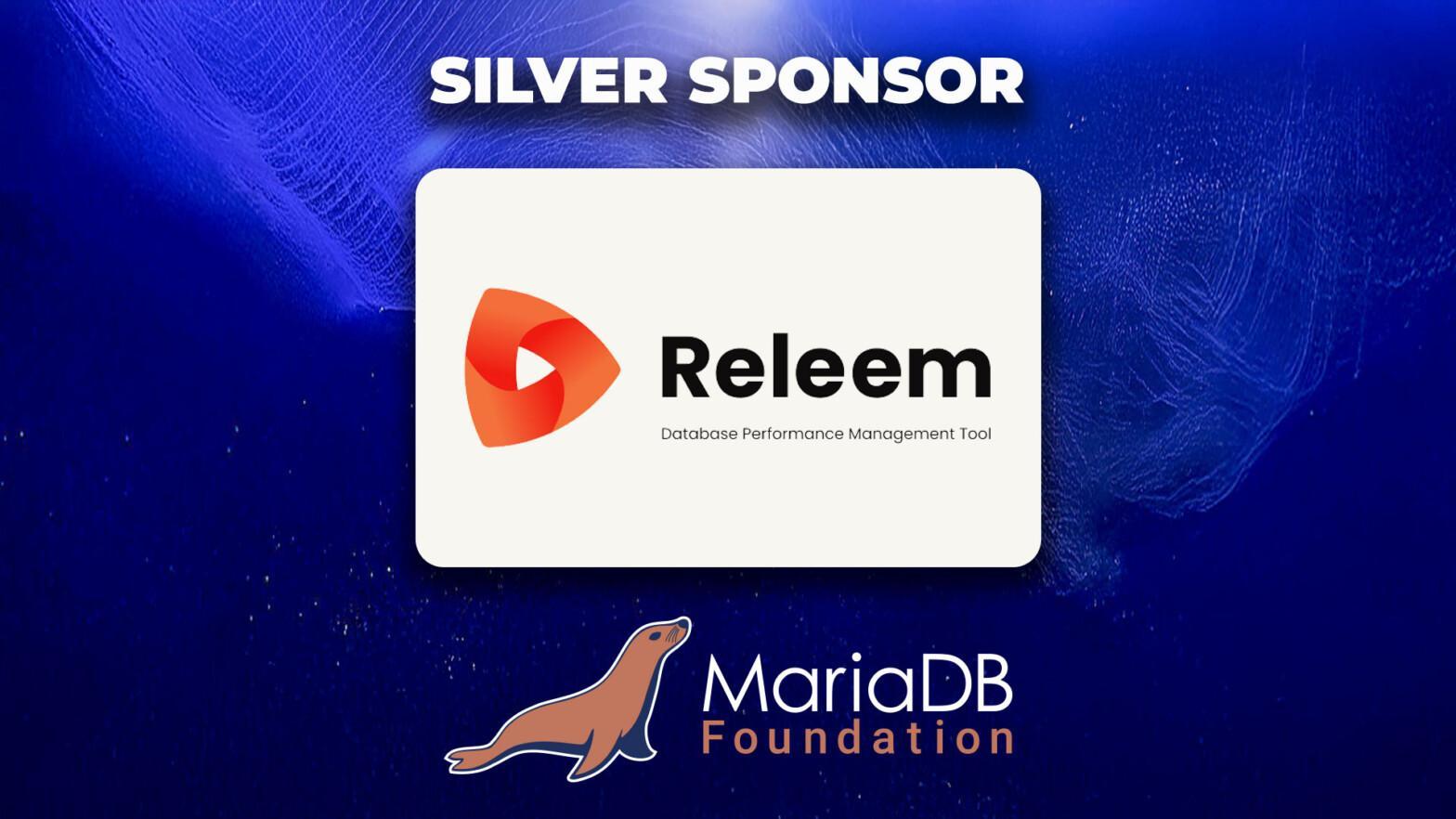Author Archives: Anna Widenius
The Ford–Cadillac Parable
In 1902, Henry Ford’s second car company was taken over by investors and renamed Cadillac. The designs were his. The engineering was his. But the brand? That now belonged to someone else.
So Ford walked away and started fresh.
Years later, even as Ford cars became wildly successful, people kept asking:
“Are you the guy who builds Cadillacs?”
To which he had to answer—over and over again:
“No. I’m not building Cadillacs anymore.”
It took years before the public truly grasped the difference.
…
We are thrilled to announce that Rumahweb, one of Indonesia’s most trusted and long-standing web hosting providers, has joined the MariaDB Foundation as a Silver Sponsor.
Founded in 2002, Rumahweb has built a reputation for reliability, innovation, and a strong commitment to customer support. With a wide range of offerings — including shared hosting, VPS, cloud hosting, and domain services — Rumahweb empowers individuals, SMEs, and large enterprises alike to succeed in the digital space. Backed by 24/7 professional technical assistance, they have become a pillar of Indonesia’s internet infrastructure.
…
Continue reading “MariaDB Foundation Welcomes Rumahweb as a Silver Sponsor”
One of the standout features of Oracle PL/SQL is the associative array — a versatile and efficient in-memory data structure that developers rely on for fast temporary lookups, streamlined batch processing, and dynamic report generation.
With the MariaDB 12.1 preview release, we’re excited to announce that associative arrays have landed in MariaDB as part of our growing set of Oracle compatibility features. This milestone, tracked under MDEV-34319, brings Oracle-style associative arrays into the MariaDB procedural language — complete with native type declarations, variable construction, and method support.
Let’s explore what’s included, what’s different, and how this feature was implemented from the ground up.
…
Continue reading “Bringing Oracle’s Associative Arrays to MariaDB”
We are delighted to welcome Hetzner as a Gold Sponsor of the MariaDB Foundation!
Hetzner’s exceptional commitment to supporting our infrastructure has a direct and strategic impact on our operations. In particular, their sponsorship enables us to maintain and expand our Buildbot system — the backbone of testing and verifying MariaDB Server across platforms, architectures, and configurations. You can explore it live here: https://mariadb.org/mariadb-buildbot.
Building MariaDB, Bit by Bit
Buildbot is essential to the MariaDB Foundation’s mission.
…
We are proud to welcome Nextcloud GmbH to the MariaDB Foundation sponsor family as a Silver Sponsor. As the world’s most popular privacy-focused platform for secure file sharing, collaboration, and communication, Nextcloud stands as a pillar of digital sovereignty — a value that resonates deeply with MariaDB Foundation’s mission.
Built in Europe, trusted worldwide, Nextcloud is a champion of user-controlled data. By supporting MariaDB Foundation, Nextcloud affirms its commitment to a fully open, auditable, and sovereign technology stack—empowering users, businesses, and governments to stay in control of their data and avoid vendor lock-in.
…
Accelerating Digital Transformation Through Open Source Innovation
The MariaDB Foundation is proud to welcome Crest Infosolutions LLC as a Silver Sponsor, marking a significant step forward in fostering enterprise-grade open-source adoption. This partnership underscores Crest’s mission to deliver robust, secure, and scalable technologies that empower global organizations to thrive in the era of digital transformation.
Driving Open Source Adoption Across Enterprises
Crest Infosolutions brings over a decade of experience in delivering open-source excellence to its clients. Crest is already a long-standing partner of MariaDB plc and, by joining the MariaDB Foundation’s ecosystem of supporters, Crest reinforces its long-standing commitment to open technologies, developer collaboration, and sustainable innovation.
…
Continue reading “Crest Infosolutions LLC Joins MariaDB Foundation as Silver Sponsor”
We’re delighted to welcome Releem as the newest Silver Sponsor of the MariaDB Foundation!
Releem is a database performance management platform that helps teams ensure consistent and reliable database performance through continuous profiling, configuration tuning, and SQL query optimization. It brings together everything needed to streamline monitoring and performance improvements — all in one place.
With support for MariaDB, MySQL, Percona, and AWS Aurora, Releem works seamlessly across on-premise deployments (Linux, Docker, Kubernetes) and cloud-managed environments such as AWS RDS.
“We built Releem to simplify database performance management and eliminate the guesswork from tuning and optimization.
…
We are thrilled to welcome Scarf as a Gold Sponsor of the MariaDB Foundation!
Scarf’s commitment to improving open source distribution and visibility aligns closely with our mission to ensure the continued openness, innovation, and sustainability of MariaDB Server. As a platform that helps open-source projects understand and grow their user base, Scarf brings unique value to the ecosystem—not just through sponsorship, but through actionable insights that benefit the broader community.
For the MariaDB Foundation, understanding who uses MariaDB—and how, where, and why—is key to making better decisions. Scarf’s privacy conscious analytics help us move beyond assumptions and anecdotes, giving us real-world data to guide our outreach, improve our documentation, tailor our events, and strengthen our developer ecosystem.
…
Continue reading “Scarf Joins as Gold Sponsor of the MariaDB Foundation”






